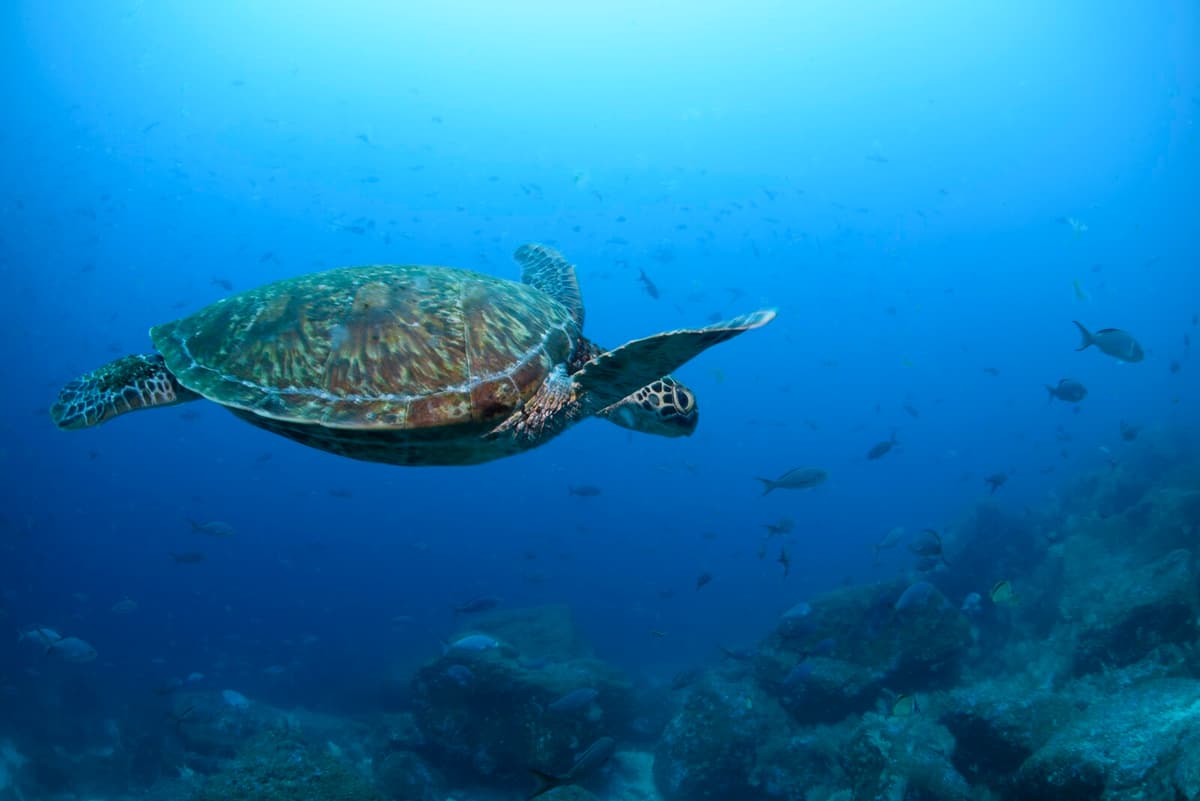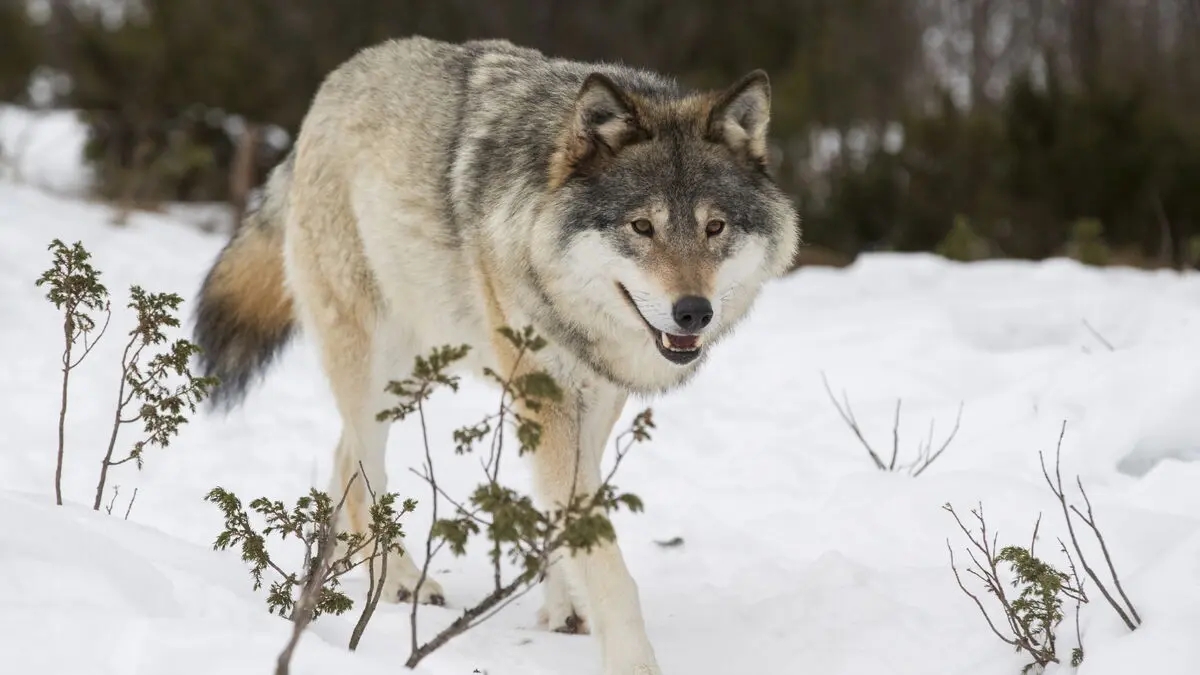The study, published in Science, compiles geodata from nearly 13,000 penguins, whales, sharks, seals, polar bears, guillemots, and turtles, among others – a total of 111 larger marine species.
I do not think I have seen anything similar in size within biology and ecology before, says Susanne Åkesson, professor of biology at Lund University.
Long journeys
She has contributed with findings on how leatherback turtles move between the coasts of Brazil and Uruguay to the small island of Ascension in the middle of the southern Atlantic, where they mate and lay eggs.
When her and the other nearly 400 researchers' contributions were compiled, the large migration routes and gathering places of the marine animals emerged, some of which are common to several species.
All the thousands of position indications from the transmitter-equipped animals show that their routes and habitats cover as much as 70 percent of the Earth's ocean surface. Above all, the animals move in the Indian Ocean, west of the USA, Antarctica, and parts of the Atlantic, such as around the Azores and the North African coast.
Not enough
In the next step, the researchers investigated to what extent an expanded protection of marine areas could secure the animals' survival. Today, only a fraction of the oceans, just over 8 percent, are protected, but the UN has set a goal that the proportion should increase to 30 percent.
The researchers' conclusion is that 30 percent will not be enough. The major threats in the form of plastic pollution and effects of climate change are global and do not cease with protected marine areas.
Damage caused by shipping and fishing can be eliminated in protected areas, but remains in other important, unprotected areas. Therefore, more measures are needed if the biological diversity in the oceans is to be maintained, according to the researchers. This can involve requirements for shipping to avoid or reduce speed in sensitive areas and stricter requirements for fishing limits and gear.
Some fishing methods have already been changed, such as longline fishing, which previously caught many albatrosses. It has forced the development of methods that lower the lines to deeper water, says Susanne Åkesson and gives another example:
The population of leatherback turtles at Ascension has recovered since the illegal fishing off the coast of Brazil decreased.
The study compiled geographic data on 111 larger marine animal species (birds, fish, reptiles, and mammals). Some of the species are threatened, others not. The number of individuals included was 12,794.
The geodata had been collected between 1985 and 2018.
The compilation shows that particularly important areas for the larger marine animals are the Indian Ocean, the coastal areas along western USA, Antarctica, the North Atlantic, and the Atlantic around the Azores, along the North African coast, and South Africa.
Marine areas around Sweden are not included in the study.
The study was led by marine ecologist Ana Sequeira at the Australian National University.
The scientific article in Science is called Global tracking of marine megafauna space use reveals how to achieve conservation targets.
Sources: Susanne Åkesson and The Conversation





